Ethnic groups (suku)
Indonesia is an astonishing patchwork of ethnic groups : 1’300 of them being officialy recognized in the last population census carried out in 2010.
The following map (in better definition here) helps you to get the big picture, as we will see later, it is far from comprehensive (especially when it comes to the eastern regions) :
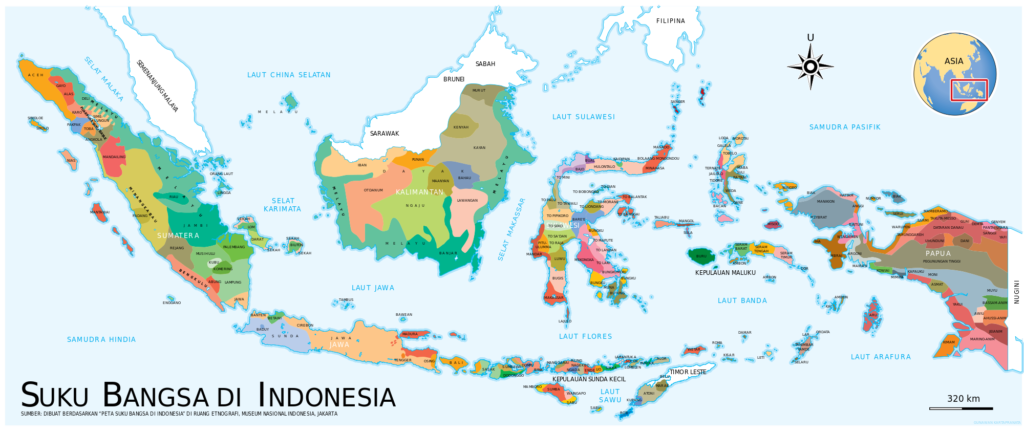
On different occasions I have heard Indonesian proficient in English use the word ‘race’ as a translation for Indonesian suku.
If you travel throughout Indonesia, you will probably notice a slow transition from the inhabitants of Java and Sumatra (who are related to the inhabitants of mainland South-East Asia) to the Melanasian indigenous people of Papua (who are related to the people of the Pacific islands like Fiji or New Caledonia).
The further east you got, the darker the complexion and the curlier the hair.
Maluku is the place of Indonesia where the population seems the most mixed.
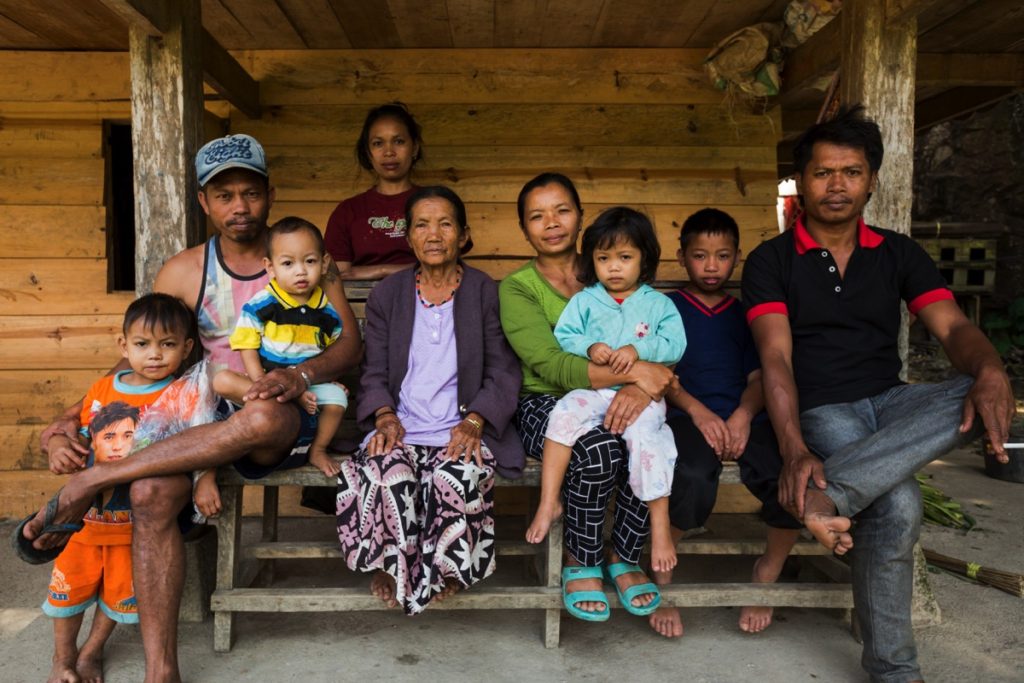
Family portrait, Tana Toraja 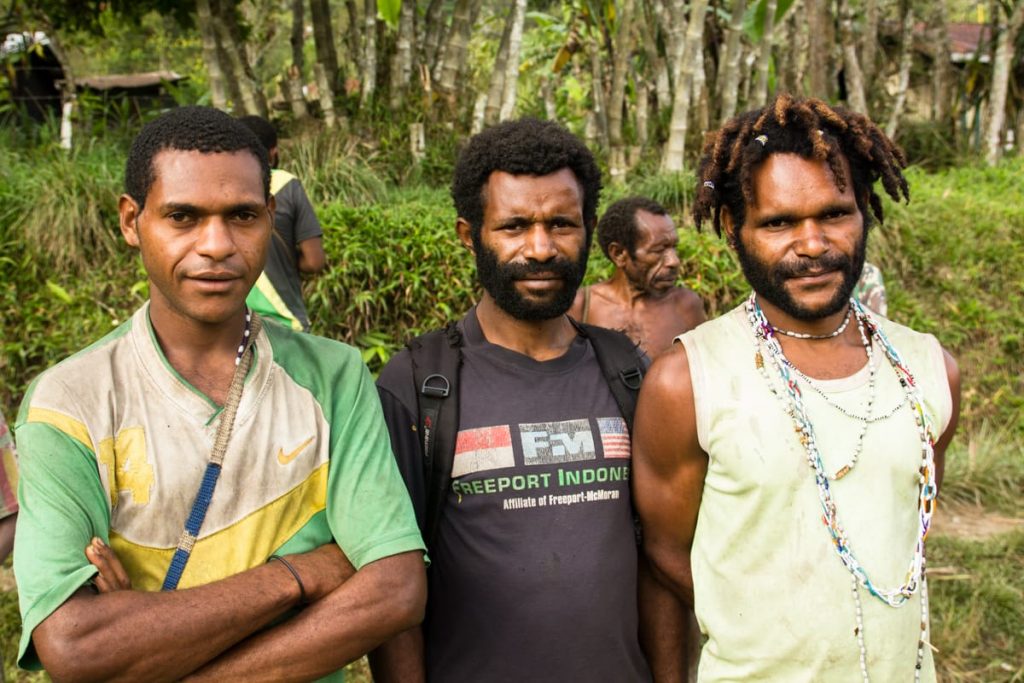
People of Angguruk, Papua 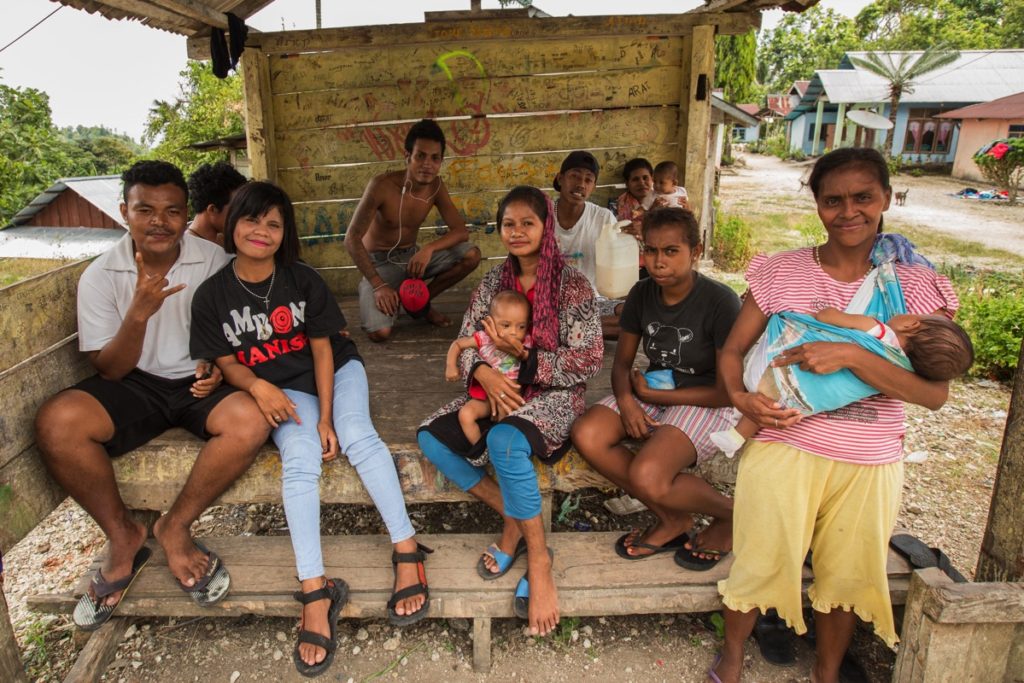
People from Waur, Kei Besar, Maluku
The ethnic diversity of Indonesia may be staggering, but the demography is dominated by a few main groups (more details in this article)
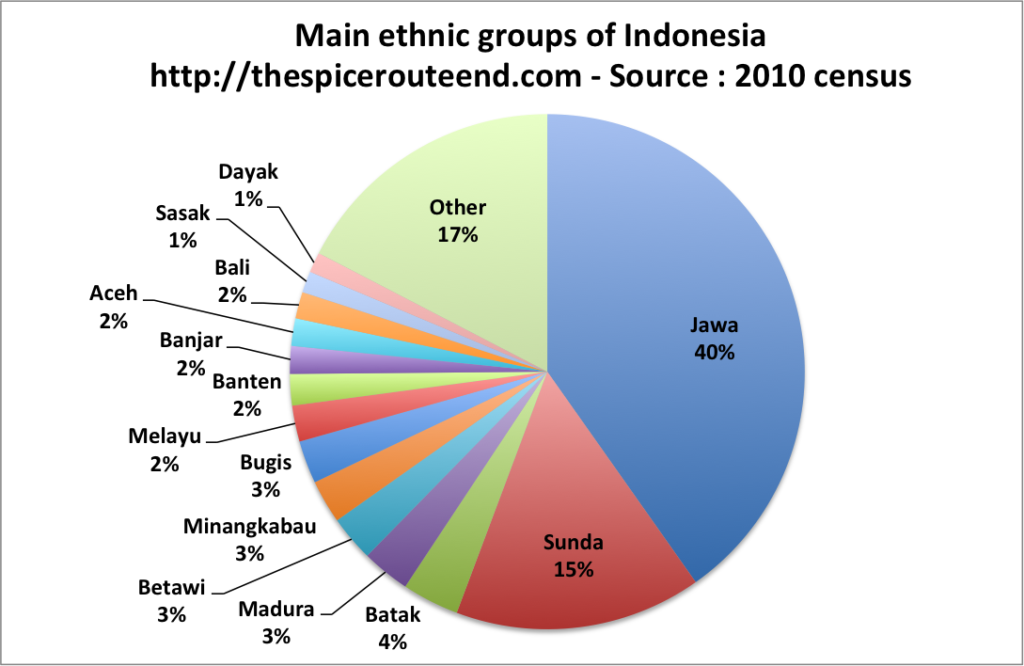
The languages (bahasa daerah)
This guy has made an insanely detailed map of the languages of Indonesia. The most craziest thing is that I don’t think it’s even comprehensive.
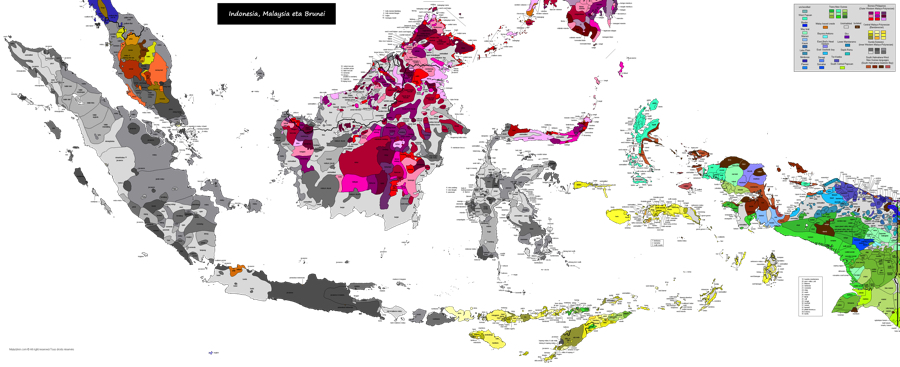
Many of those languages have common origins but their speakers are not able to understand each others.
With the progressive integration of many remote rural communities in the society thanks to progress in education and infrastructure, some of the least spoken local languages are now at risk.
In 2018, according to the ministry of Education and Culture, out of 652 documented languages, 11 have disappeared and 19 are on the verge of becoming extinct (source)
For instance on the island of Halmahera in North Maluku, the number of native speakers of the Ibu language has gone from 35 in 1987 to 3 in 2018. This article from Tempo reports how the local government is trying to preserve it.
Ancient Indonesian scripts
Most of the local languages of Indonesia are oral languages.
A few of them had a written script, which in my understanding are all more less derived from the Indian Pallava script created during the 6th century AD, along with some ancient scripts used in Malaysia or the Philippines.
The most ancient testimony of those ancients scripts are archeological stone remains. Some lontar manuscrit (dried palm-leaf manuscrit) a few centuries old have also been preserved.
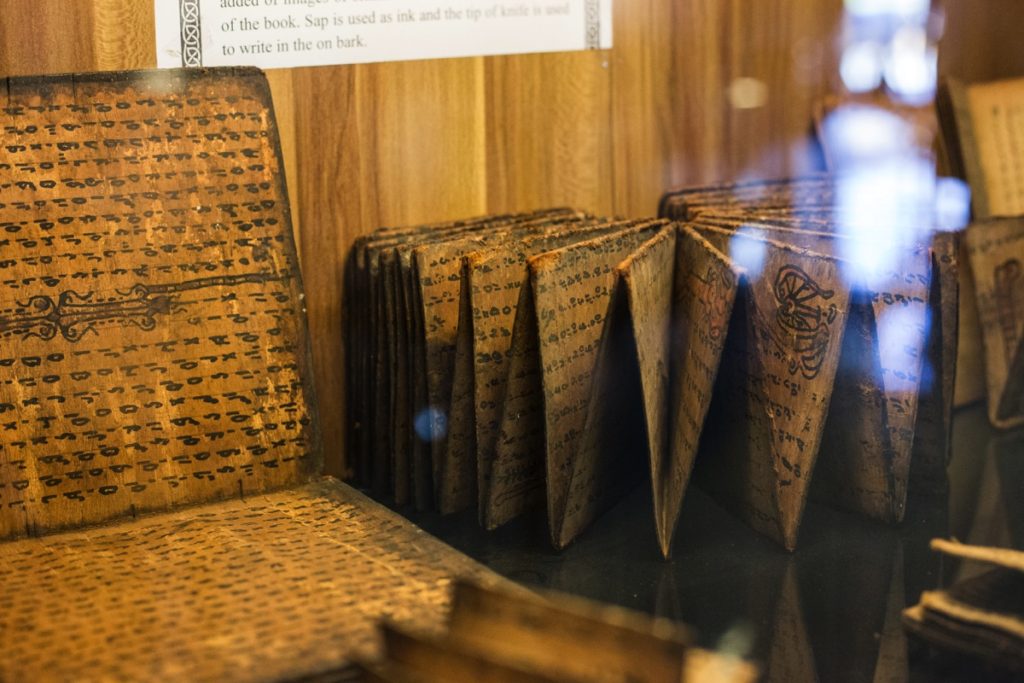
Wikipedia is a great source regarding those ancient languages. A few examples of scripts :
Some other scripts can be found in the South of Sumatra (like the Rencong and the Rejang scripts).
All those scripts have been replaced at least in daily life by the latin script. Still, local government try to maintain their heritage by teaching schoolkids to read them and translating road signs.
Besides Javanese, Balinese or Sundanese, getting people with an actual proficiency to read the old script is a hard task. The government has so far found only 3 people able to work on the translation to Indonesian of the 14th century Bugis epics La Galigo (source).
Bahasa Indonesia (Indonesian)
Origin
Bahasa Indonesia, the official language of Indonesia, is based on the old Malay language, which has been the trading language throughout the archipelago for centuries.
Ethnic Malay can be found on both side of the Malacca Strait, today they represent 2% of the Indonesian population (mostly along the coast of Sumatra and Kalimantan).
This notion of Malay ethnicity is centuries older than the modern political state of Malaysia. During different periods of the history, large parts of the modern state of Malaysia have been under the influence of political entities based in Sumatra (the Sriwijaya empire) or in Java (the Majapahit empire) and vice-versa.
Formal modern Indonesian and Malaysian language are quite close. With Indonesian, I could understand almost every written signs in Kuala Lumpur and I could be understood rather easily. Still I had to pay attention to avoid using words from Javanese or slang.
Several words have a radically different meaning in both languages, for instance butuh means ‘need’ in Indonesian and ‘vagina’ in Malaysian (if anyone has an explanation about how this could happen, I would be very glad to hear it).
Proficiency in Bahasa Indonesia
Local languages (Javanese, Minang, Banjar, Ambonese …) are the mother tongue of a majority of Indonesian. According to the result of 2010 population census, less than 20% of the population use Bahasa Indonesia as the primary language at home (usually urban Indonesian born and raised in large cities like Jakarta, Medan or Balikpapan).
Yet it doesn’t mean that Bahasa Indonesia is a true foreign language either because kids hear it on TV, radio or when their parents have guests from another region. Elementary education is fully given in Indonesian from the 3rd year.
With the generalization of elementary education in the 1970s, the majority of the population has good commands of Bahasa Indonesia. In remote villages, many elders are not able to understand it though.
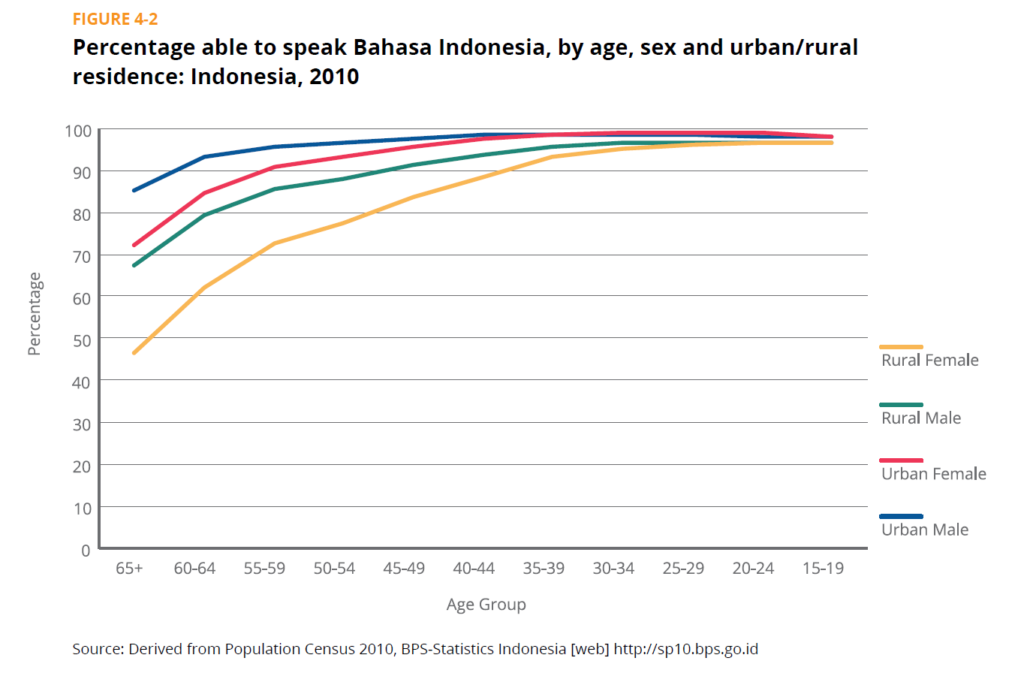
In 2010, 98% of the population below 19 years old was proficient in Bahasa Indonesia.
Still, notable regional differences remain. For instance 19% of the inhabitant of Papua province under 29 are unable to understand Bahasa Indonesia.
The next provinces with the highest rate of unproficient young people were South Sumatra and East and West Nusa Tenggara with about 4% of the population under 29 unable to speak Bahasa Indonesia.
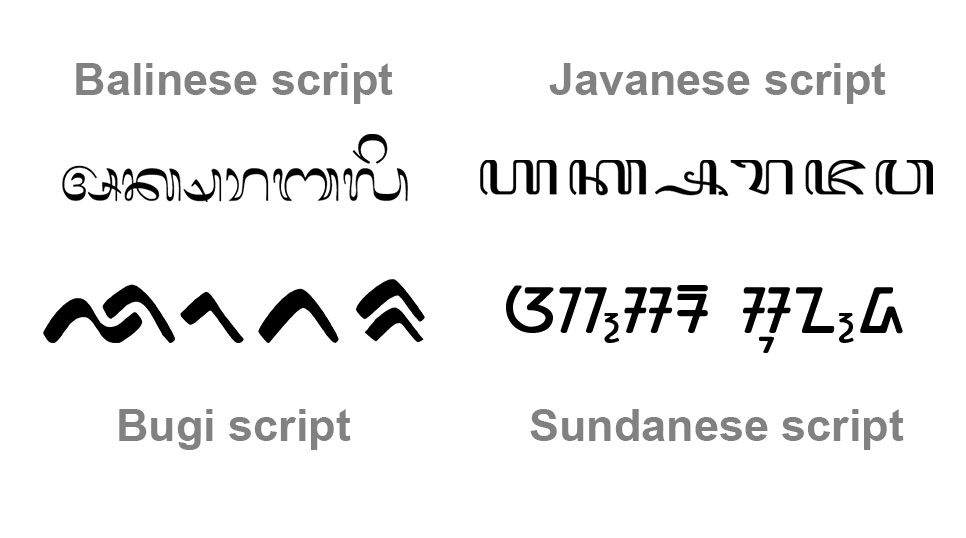
Leave a Reply